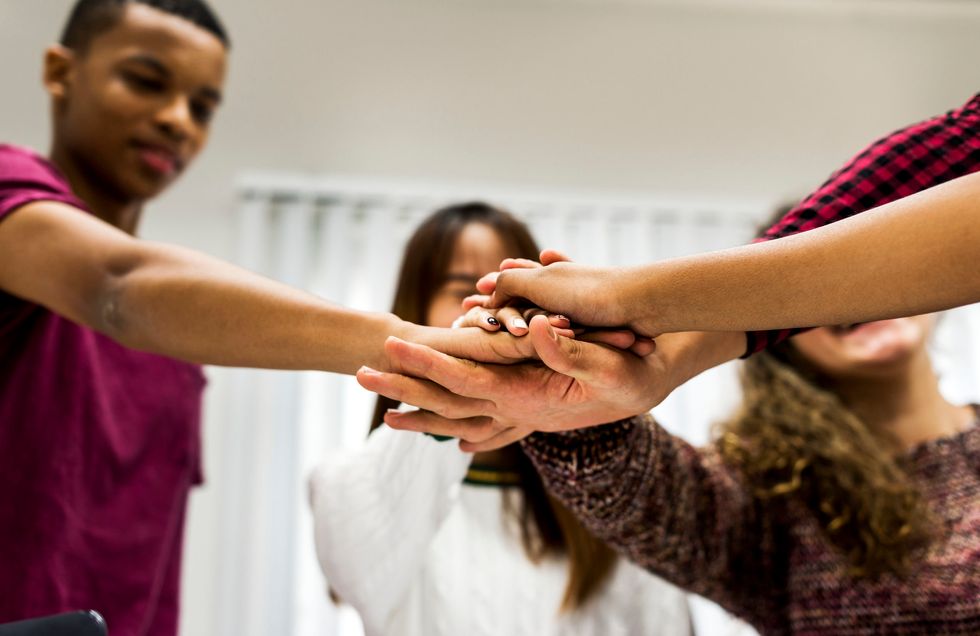Due to my communication major, I decided to take this course which deals with intercultural and interracial communication. I did not really know what I was getting into. I thought we would talk more about diversity and its positive effects, but we spoke about more than just that.
The course was intriguing and brutally honest about the ways other races and cultures are looked at by dominant and non-dominant races. This course delves deep into the lives of Caucasian people and people of color. We watched multiple videos and documentaries of people suffering from discrimination, racism, and hate-crimes. This is a large part of the course and it's one of the reasons I began to fall in love with it.
As a Peruvian-American woman, I have encountered my fair share of racism and prejudice about my culture, but this class gave me an opportunity to really understand the extent of which other races and culture are faced with similar animosity. There were a couple of videos that really shocked me, but they became important to me.
One of the videos we watched was a 1991 segment of Primetime with Diane Sawyer. It presented two middle-class men that were friends, one man was Caucasian, the other was African-American. The segment demonstrated the racial bias presented in St. Louis, MO. Both men were told to do the same things and a hidden camera caught real reactions of the people they both encountered.
Both men inquired about open positions at businesses, purchasing a car, and vacant apartments. To say the Caucasian man was treated better than the African-American is an understatement. At one point, the African-American is walking in a residential area on the south side of town and someone driving past in their car leans out the window to say, "a little far south ain't it?" The north area of St. Louis at this time was a predominantly African-American area of residence.
This specific example may have happened almost 30 years ago, but it doesn't mean that it doesn't happen anymore. In the past 10 years, we've seen an increase in hate-crimes against black people, against Hispanic people, against middle eastern people, etc. The Black Lives Matter movement, the caravan situation, the Muslim ban, etc. These moments are not decreasing, they are a constant reminder that there is discrimination, prejudice, and hatred toward these races.
A documentary we watched recently was called "The Color of Fear," a film by Lee Mun Wah, an internationally renowned Chinese-American documentary filmmaker, author, educator, and master diversity trainer. This documentary features nine men of different races attending a workshop about race.
Each man speaks about his experiences and thoughts about and on racism. This was an incredible film that has touched my heart. I felt as though I could see the anger, pain, and misunderstanding of something as important as race. The history behind each of them is different and it showed the common misunderstandings that occur between multiple races. This documentary was filmed in 1994, but the conversation and topic remain relevant.
This class has defined racism and has helped me not only identify it but understand what we as human beings should be doing to combat racism and change the world. It's hard to change people, that's for sure, but the younger generation has the time to start heading in the right direction. This class has emphasized the importance of understanding modern racism (subtle, indirect racism) so that we can collectively begin to put an end to it.
I apologize if any of this has offended anyone, but I cannot be silent about this situation. It affects me, people like me, and people unlike me.
















